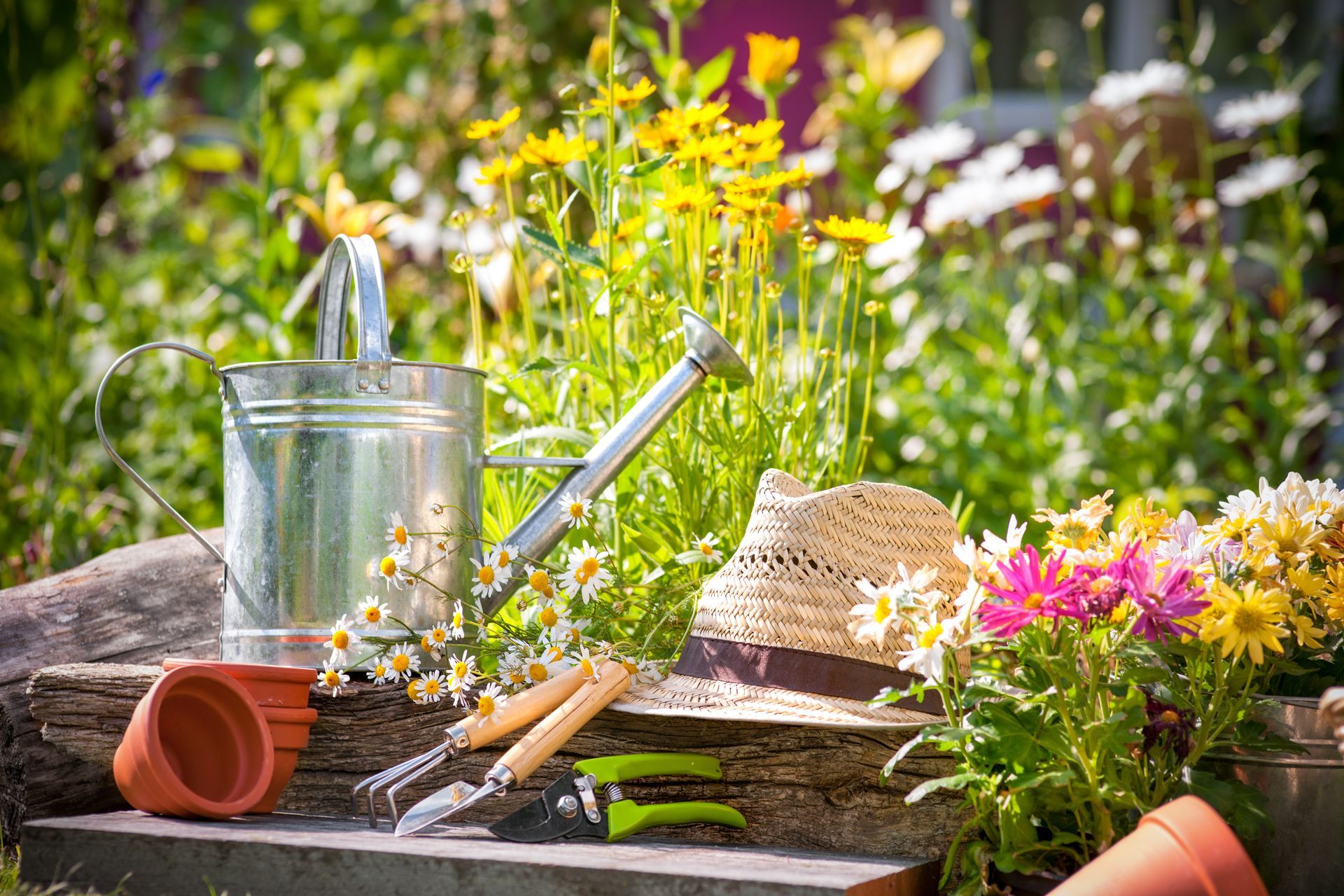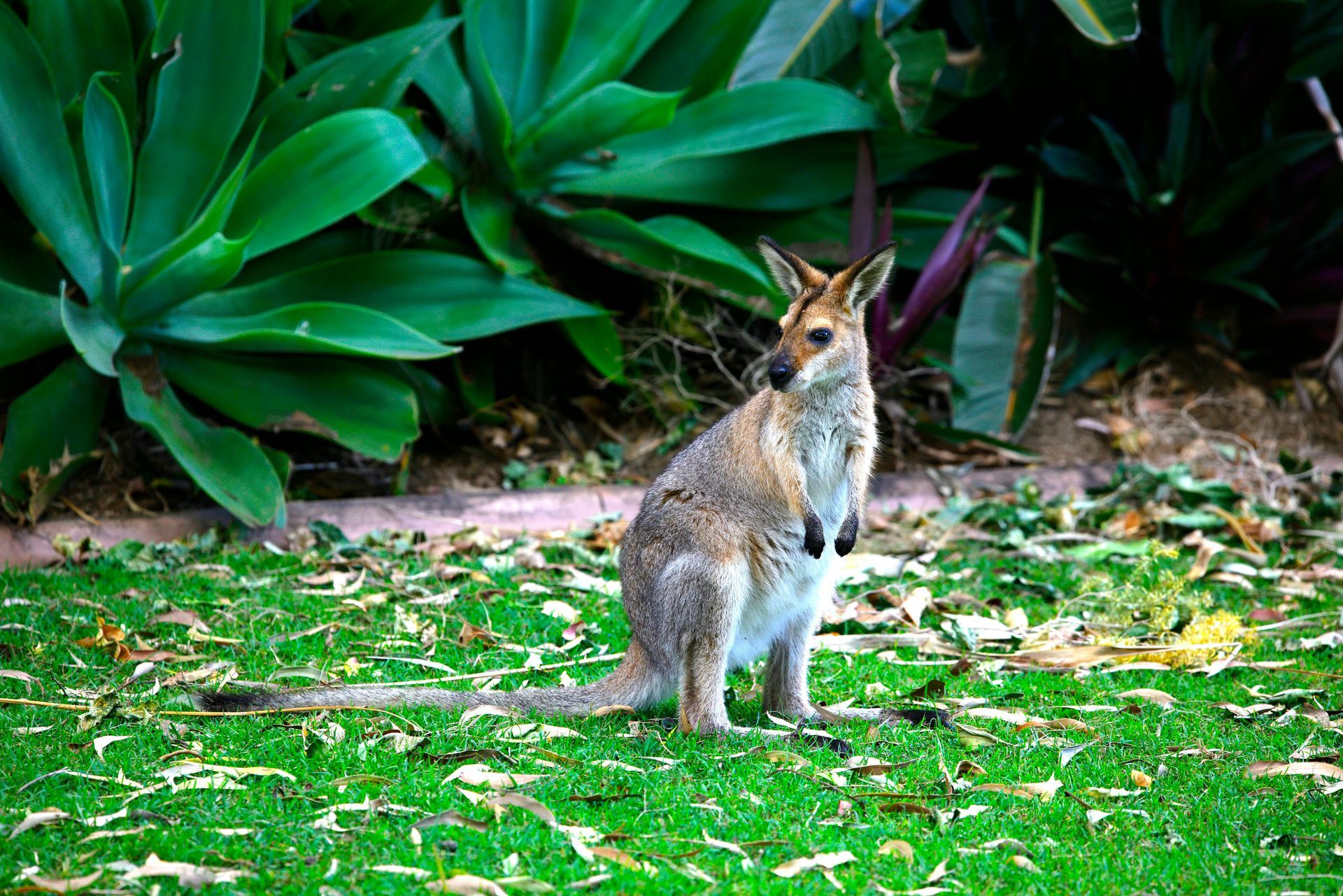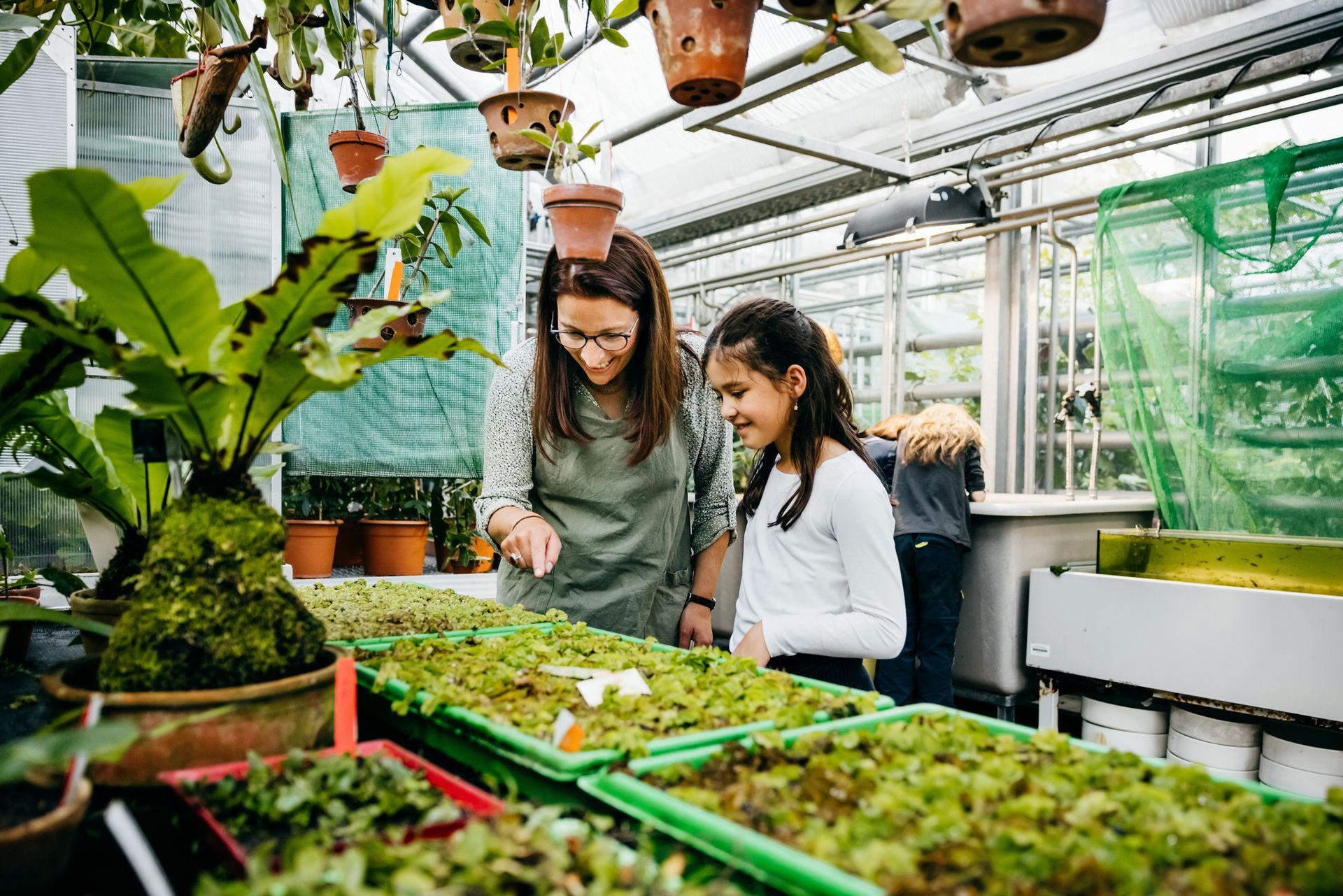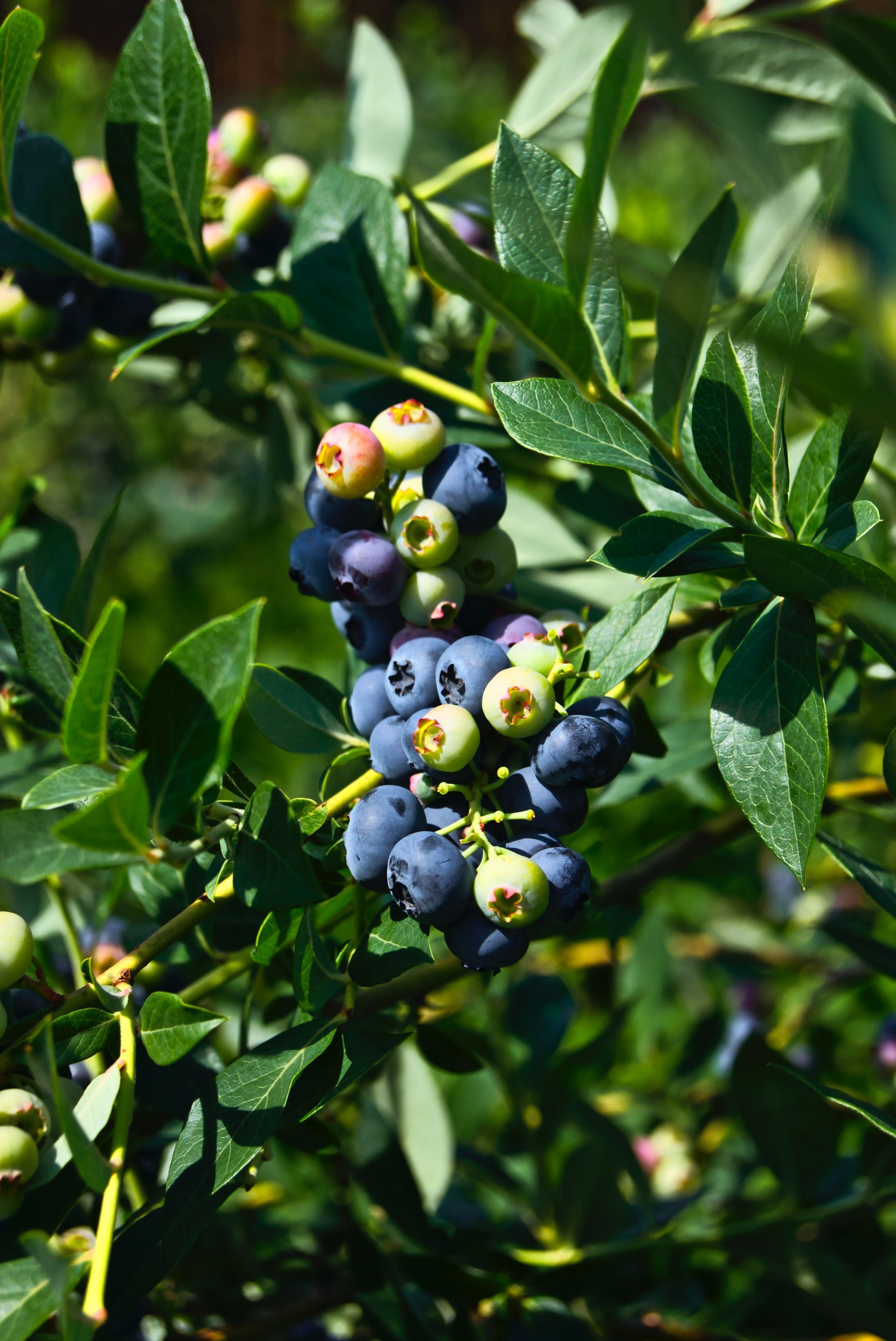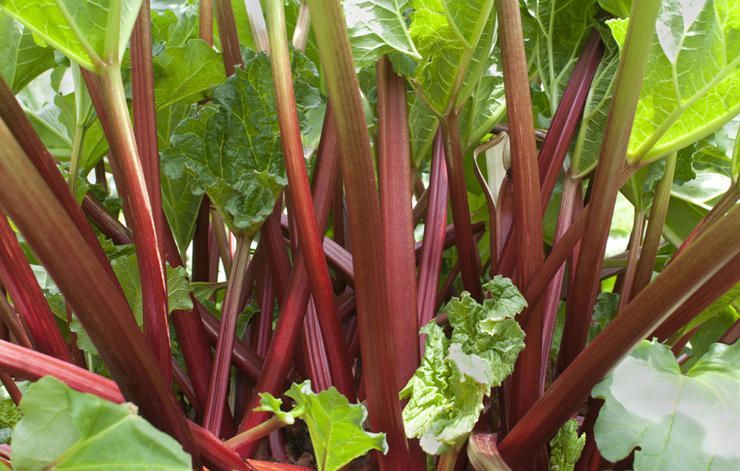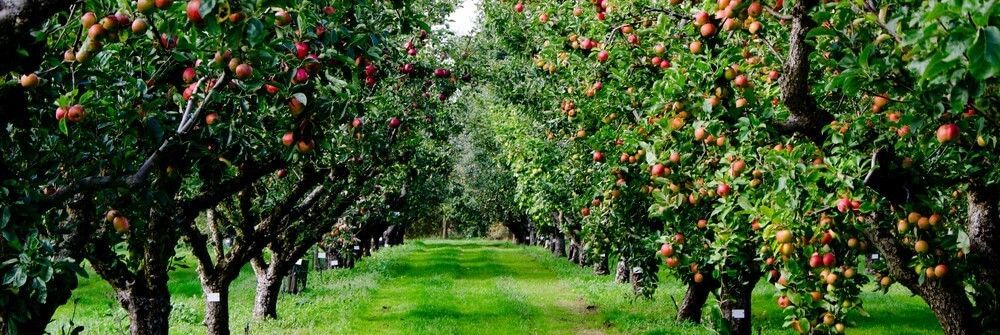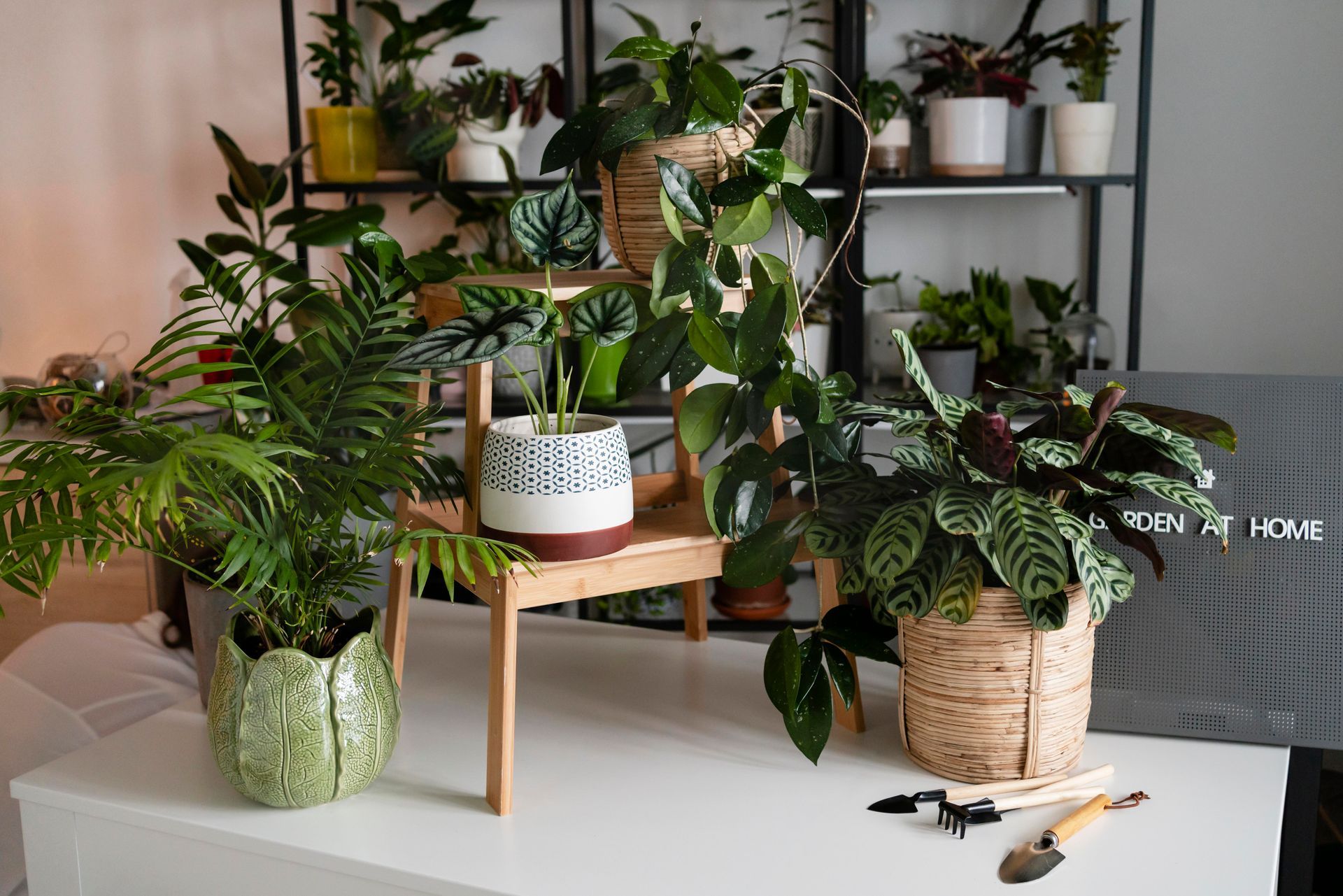Learn How to Grow Callistemons with Stoneman's
Callistemons or Bottlebrushes are one of the hardiest Australian native plants. The bright bottlebrush shaped flowers a very impressive part of the spring landscape and are a delight for native birds and bees. The original Callistemons available to gardeners were all bold red but flower colours now range from red to pink, mauve, cream and green.
Common name: Bottlebrush. The name derives from the plant’s flowers, which look like the brushes for cleaning bottles.
Botanic name: Callistemon spp. The name is derived from the Greek words kallos, meaning beauty, and stemon meaning stamen, describing the beautiful coloured stamens which is the showy part of the flowers.
Best climate: Bottlebrush grow in almost all areas of Australia other than the driest and coldest regions.
Uses and Benefits
- Sensational spring colour.
- Great hedging and screening plants.
- Attractive new growth on many varieties.
- Extremely hardy and long lived – up to 40+ years in the right climatic and growing conditions.
- Low maintenance
- Will grow in a wide range of conditions from damp, poorly drained through to dry sandy soils.
- Dwarf varieties are available
- Bird attracting
Our range is everchanging - check with us instore to see what varieties we have available.
There are many varieties of Callistemons. Below are some of the popular home garden varieties:
C. ‘Better John’ – Small shrub under 1m with grey-green foliage and dark red brushes.
C.‘Candy Pink’ – Medium shrub to 4m that flowers all year with large dark pink brushes.
C. ‘Dawson River Weeper’ – Bright red flowering small tree to 6m.
C. ‘Endeavour’ – Hardy dense shrub 2.5m x 2.5m with long brilliant red flowers.
C. ‘Great Balls of Fire’ – 1m shrub with spectacular red new foliage that makes for a great hedge.
C. ‘Hannah Ray’ – Weeping 4-5m shrub that flowers in spring and again in Autumn.
C. ‘Hot Pink’ – Very bright pink flowering round compact shrub 1.5 – 2m.
C. ‘Kings Park Special’ – Beautiful medium sized shrub to 4m.
C. ‘Little John’ – Small shrub under 1.5m with grey-green foliage and dark red brushes.
C.
'Mary McKillop' - Long flowering, bright red flowers. Great as a hedge or screen.
C. ‘Purple Cloud’ – rounded shrub to 2m high by 2m wide with purple flowers.
C. 'Slim' – Uright growing callistemon. great for hedges. 3m H x 1.2 W.
C. ‘Taree Pink’ – 3m shrub with showy pink new growth in spring and pink flowers.
C.
'Viminalis Slim'
- Fast growing, slender & carefree callistemon. Suitable for hedges and screens. Frost hardy.
C.
‘White Anzac’ – 1.5m shrub with white flowers requiring pruning after flowering.
C. ‘Wildfire’ – rounded shrub to 2m high by 2m wide with slightly pendulous branches. Showy red clusters of bright flowers.
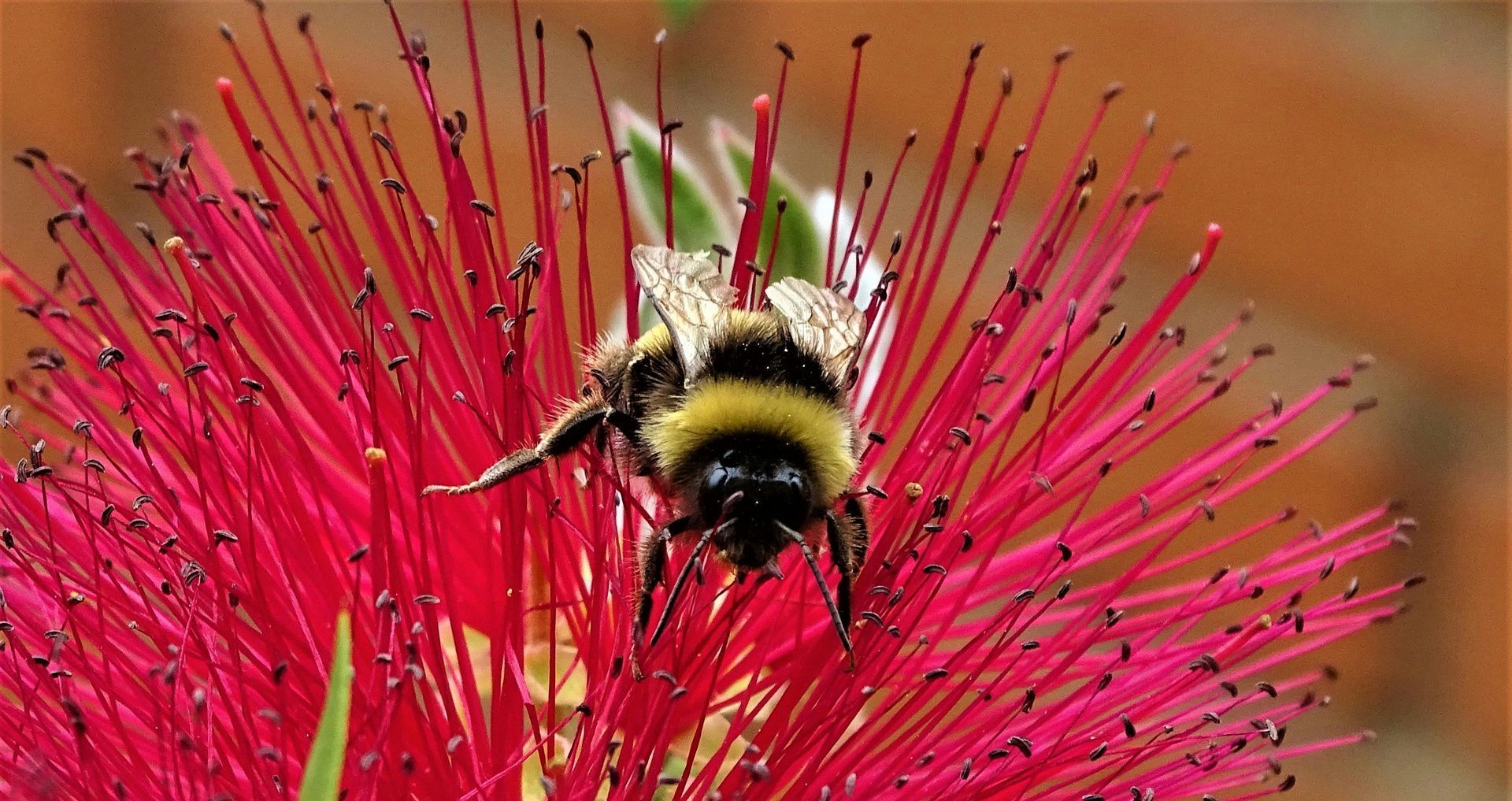
Plant Care
Prune after flowering to encourage bushy new growth and prevent build up of spent seed pods.
Fertilise with a Native Plants fertiliser during early spring and in autumn.
Water deeply during extended dry periods.

